
Code: 05055627
view to a kill
by G.L. Dusseldorp
The sophistication of Neanderthal behavioural strategies have been the subject of debate from the moment of their recognition as a separate species of hominin in 1856. This book presents a study on Neanderthal foraging prowess. No ... more
- Language:
 English
English - Binding: Paperback
- Number of pages: 200
Publisher: Sidestone Press, 2008
- More about this

28.67 €
RRP: 31.78 €
You save 3.10 €

In stock at our supplier
Shipping in 6 - 8 days
You might also like
-

Sonata, für 2 Gitarren
18.10 € -8 % -

Einbindung sozialer Netzwerke in die Datenanreicherung und -gewinnung im CRM
49.70 € -2 % -
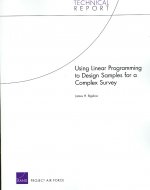
Using Linear Programming to Design Samples for a Complex Survey
21.22 € -

Throwing The Emperor From His Horse
75.47 € -

Reviews of Physiology, Biochemistry and Pharmacology
120.75 € -

Teaching Ethics and Values in Public Administration Programs
46.79 €
Give this book as a present today
- Order book and choose Gift Order.
- We will send you book gift voucher at once. You can give it out to anyone.
- Book will be send to donee, nothing more to care about.
More about view to a kill
You get 72 loyalty points
 Book synopsis
Book synopsis
The sophistication of Neanderthal behavioural strategies have been the subject of debate from the moment of their recognition as a separate species of hominin in 1856. This book presents a study on Neanderthal foraging prowess. Novel ethnographic and primatological insights, suggest that increasing dependence on high quality foods, such as meat, caused the brain to evolve to a large size and thus led to highly intelligent hominins. From this baseline, the author studies the Neanderthal archaeological record in order to gain insight into the knowledge-intensity of Neanderthal hunting behaviour. In this research, an optimal foraging perspective is applied to Pleistocene bone assemblages. According to this perspective, foraging success is an important factor in an individuals evolutionary fitness. Therefore foraging is organised as efficiently as possible. The prey species that were selected and hunted by Neanderthals are analysed. The author investigates economic considerations that influenced Neanderthal prey choice. These considerations are based on estimates of the population densities of the available prey species and on estimates of the relative difficulty of hunting those species. The results demonstrate that when Neanderthals operated within poor environments, their prey choice was constrained: they were not able to hunt species living in large herds. In these environments, solitary species were the preferred prey. It is striking that Neanderthals successfully focussed on the largest and most dangerous species in poor environments. However, in richer environments, these constraints were lifted and species living in herds were successfully exploited. In order to assess the accuracy of this approach, bone assemblages formed by cave hyenas are also analysed. The combined results of the Neanderthal and hyena analyses show that an optimal foraging perspective provides a powerful tool to increase our understanding of Pleistocene ecology. The niches of two social carnivores of similar size, which were seemingly similar, are successfully distinguished. This result lends extra credence to the conclusions regarding Neanderthal foraging strategies. This book contributes to the debate surrounding Neanderthal competence and ability. It combines an up-to-date review of current knowledge on Neanderthal biology and archaeology, with novel approaches to the archaeological record. It is thus an important contribution to the current knowledge of this enigmatic species.
 Book details
Book details
Book category Books in English Humanities Archaeology Archaeology by period / region
28.67 €
- Full title: view to a kill
- Author: G.L. Dusseldorp
- Language:
 English
English - Binding: Paperback
- Number of pages: 200
- EAN: 9789088900204
- ID: 05055627
- Publisher: Sidestone Press
- Weight: 598 g
- Dimensions: 207 × 292 × 12 mm
- Date of publishing: 01. December 2008
Trending among others
-
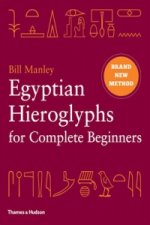
Egyptian Hieroglyphs for Complete Beginners
16.49 € -10 % -

Magicians of the Gods
14.88 € -13 % -
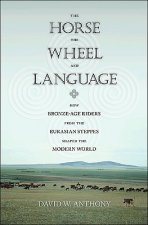
Horse, the Wheel, and Language
29.38 € -16 % -

Book of Enoch
28.77 € -18 % -

Bible Unearthed
21.93 € -

War before Civilization
24.55 € -

Horse in Human History
32.80 € -18 % -
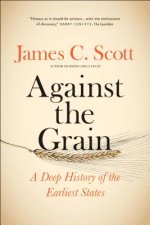
Against the Grain
20.22 € -11 % -
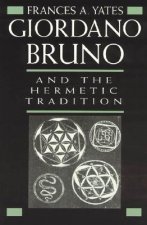
Giordano Bruno and the Hermetic Tradition
40.04 € -4 % -

Art and Archaeology of Ancient Greece
63.79 € -1 % -

Secrets of Santorini
9.35 € -27 % -

Classical Archaeology 2e
41.25 € -7 % -
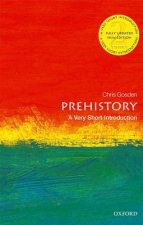
Prehistory: A Very Short Introduction
11.46 € -11 % -

Ancient Egyptian Scribes
59.37 € -
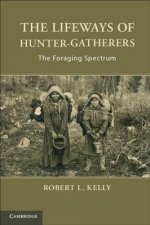
Lifeways of Hunter-Gatherers
32.70 € -19 % -
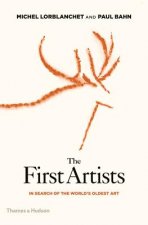
First Artists
20.12 € -28 % -

Pocket Museum: Ancient Greece
13.48 € -26 % -

Lost Technologies of Ancient Egypt
22.13 € -14 % -

Seismosaurus
101.33 € -
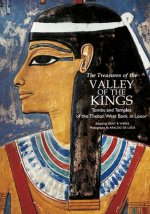
Treasures of the Valley of the Kings
33.20 € -6 % -

Petra
8.24 € -28 % -

Cat in Ancient Egypt
11.26 € -28 % -
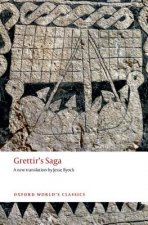
Grettir's Saga
11.36 € -27 % -
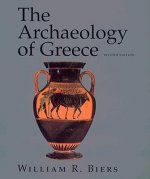
Archaeology of Greece
35.51 € -9 % -

Omm Sety's Abydos
18.61 € -1 % -

Across Atlantic Ice
42.86 € -

Houses and Monuments of Pompeii - The Work of Fausto and Felice Niccolini
79.09 € -10 % -

Ancient Nubia
69.73 € -6 % -
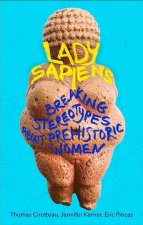
Lady Sapiens
16.39 € -11 % -
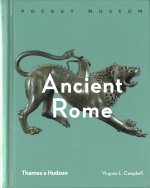
Pocket Museum: Ancient Rome
14.58 € -18 % -

Ice Age Peoples of North America
96 € -
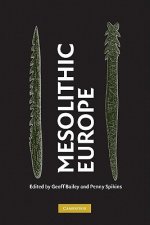
Mesolithic Europe
109.38 € -11 % -
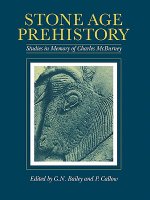
Stone Age Prehistory
26.26 € -38 % -

American Beginnings
80.40 € -
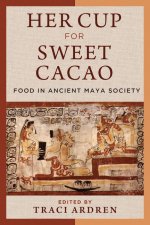
Her Cup for Sweet Cacao
66.31 € -9 % -

Acropolis Restored
50.81 € -

Dress Accessories, c. 1150- c. 1450
33.80 € -19 % -

Medieval Household
44.67 € -19 % -

Complete Pompeii
20.22 € -28 % -

Complete Cities of Ancient Egypt
28.57 € -18 % -

Scenes from Prehistoric Life
27.16 € -22 % -
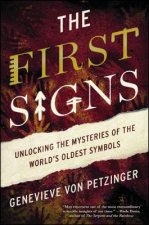
First Signs
12.27 € -28 % -
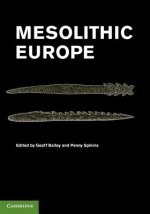
Mesolithic Europe
70.13 € -
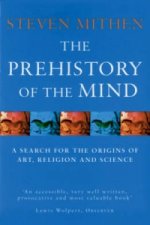
Prehistory Of The Mind
15.29 € -27 % -
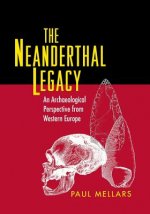
Neanderthal Legacy
55.74 € -
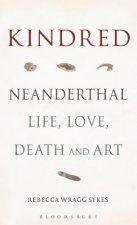
Kindred
20.52 € -28 % -

Lindow Man
13.88 € -
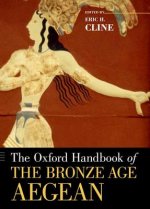
Oxford Handbook of the Bronze Age Aegean
77.48 € -

Aegean Art and Architecture
22.53 € -28 %
Collection points Bratislava a 2642 dalších
Copyright ©2008-24 najlacnejsie-knihy.sk All rights reservedPrivacyCookies


 15549 collection points
15549 collection points Delivery 2.99 €
Delivery 2.99 € 02/210 210 99 (8-15.30h)
02/210 210 99 (8-15.30h)